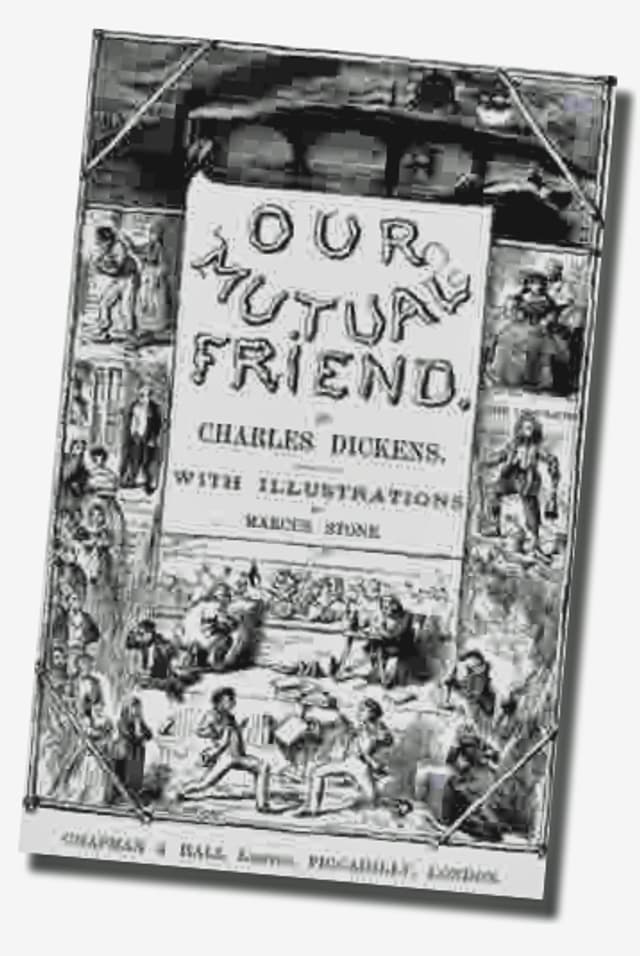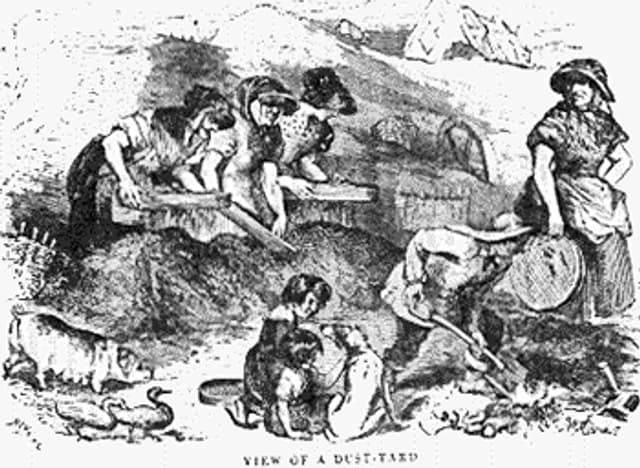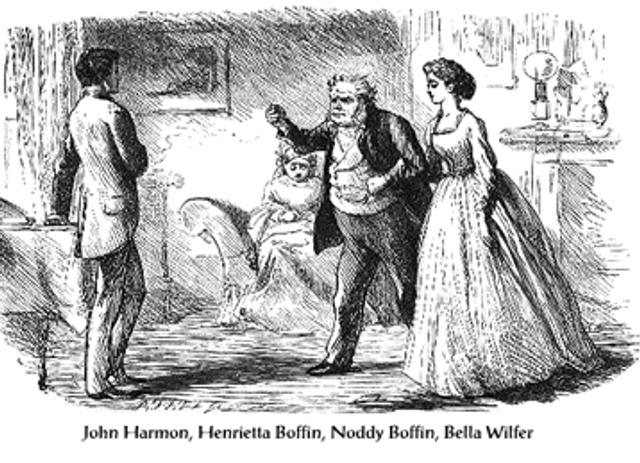A Dismal Swamp: an extract from Our Mutual Friend showing Charles Dickens’ view of fundraising in Victorian England
- Exhibited by
- SOFII
- Added
- September 06, 2009
- Medium of Communication
- Face to face.
- Target Audience
- Individuals, single gift.
- Type of Charity
- Public/society benefit.
- Country of Origin
- UK.
- Date of first appearance
- 1864.
SOFII’s view
In his last novel completed in 1865 the pre-eminent Victorian novelist and social commentator Charles Dickens left us a unique record of his and presumably his contemporaries views of how fundraising worked at the time.
Background
In the book Our Mutual Friend the good-hearted hero, Mr Nicodemus Boffin, has come into a substantial inheritance. In these extracts the author, only slightly with tongue in cheek, recounts some of the charitable appeals that inevitably come Mr Boffin’s way, as a consequence of his new-found fortune.
Boffin is known as ‘the Golden Dustman’, because before his inheritance he was a rubbish collector, not a nice occupation, particularly in London at that time. The villain of the tale is a one-legged ballad seller and parasite, Silas Wegg. This has little to do with anything, except perhaps that fundraisers have to be aware that fortune can be fickle and at times they will have to compete for donors’ attentions with some fairly dubious characters.
In time and despite various difficulties the Boffin inheritance does find its way to doing a large amount of good among London’s needy.
Special characteristics
The following extracts give insights to a range of fundraising techniques that are still in wide use today. Note if you will ‘the corporate beggars’, such as The Society for Granting Annuities to Unassuming Members of the Middle Classes, who assign no less than two earls and a viscount onto poor Mr Boffin, in an attempt to separate him from his newly-acquired wealth.
And note too the manipulation that selects Mr Nicodemus Boffin as worthy target for a succession of appeals from a variety of supplicants ranging from the impoverished daughters of army officers, to impoverished men appealing to him without the knowledge of their wives and impoverished wives doing likewise behind their husband’s backs, to the techniques of the inspired beggars (been there, done that) with their fragments of candles, those asking not for charity but for a ‘loan’. Dickens here might almost be referring to an early example of mass personalisation.
Also, if you’re not inspired by the ‘beggars of punctual business-habits’, who will end their lives at ‘a quarter to one PM on Tuesday, if no Post-office order is in the interim received’, then surely you’ll be uplifted by the beggars on horseback’, ready mounted to start on ‘the highway to affluence’ as soon as they get their hands on Mr Boffin’s generous gift.
Wonderful stuff that we can all identify with and even learn from while we laugh.
Merits
Dickens here gives a unique historical insight into a range of fundraising approaches.
With thanks to Reuben Turner, creative director at The Good Agency, who unearthed this treasure.



















